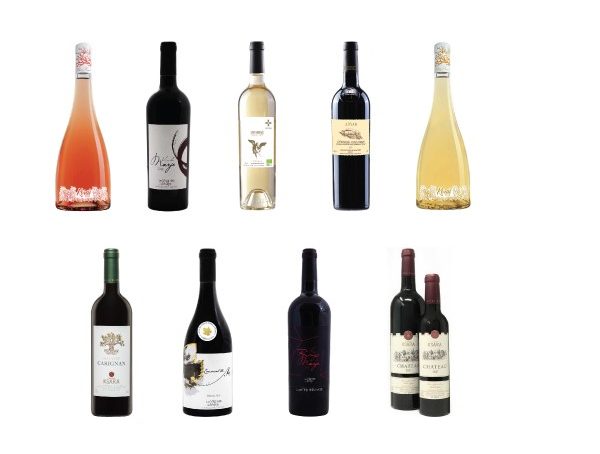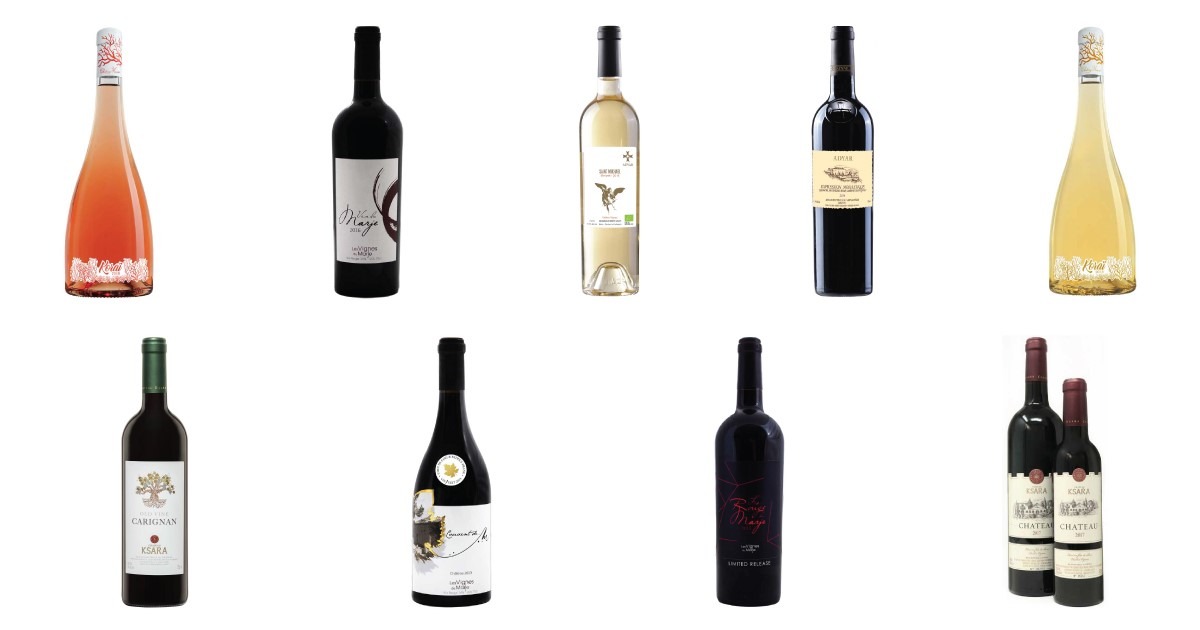In an industry that marries heritage and nostalgia to trends, dynamism and modern techniques, there’s no doubt that winemaking in Lebanon continues to inspire both intrepid wine connoisseurs and avid tasters. With a thirst for knowledge, HN spoke to the renowned international Master of Wine Christy Canterbury to obtain her thoughts on Lebanese wines and market insights.
About flavor and uniqueness
According to Christy Canterbury, the best Lebanese wines compete for quality with the world’s best. “There is a very good command of classic, international varieties, but I am particularly excited to continue to watch the development of the local white varieties, namely Obeidy/Obaideh and Merwah,” the wine master said. “I think these are very exciting!” Canterbury believes that these original grapes allow Lebanese producers to make truly unique wines. In general, local wines are packed with concentrated fruit and character, coupled with an earthy savoriness, she said, adding: “They have an intensity that charismatically reflects their Mediterranean sunshine and rugged terroir. This intensity also reflects the pride of those making Lebanese wines.”
A rising trend
On a global scale, Canterbury believes this could be the golden era of boutique wines, describing these as “hip” everywhere, just as small, local producers and farmers operating in segments such as meat and poultry are enjoying their moment in the food industry. “Everyone wants to know where their food and beverage products come from and who makes them,” she observed. Canterbury noted that these more ‘intimate wines’ have a unique caché. “The more personal a winery’s ‘story’, the more people tend to connect with its wines,” she explained. “However, there is no question that larger wineries tend to be able to produce on a more favorable price scale, which makes them more accessible for most people’s budgets.”
Market penetration
Trying to position Lebanese wines on the global map, however, requires a more ‘financial approach’, according to Canterbury. She acknowledged that the predominance of international varieties means that Lebanon has to compete strongly on price. “This is one reason that I think that the indigenous white grapes are a godsend for Lebanese wines,” she said. “There’s a lot of Sauvignon Blanc and Chardonnay in the world as it is!” When it comes to the clientele, Canterbury believes these wines appeal to open-minded, adventurous wine drinkers, who often fall into the younger demographic group, and those that are from or have traveled to Lebanon. However, she added that there is still much room for growth and a lot of markets to conquer. Canterbury also pointed out that despite spending time in cosmopolitan cities such as New York and having access to wines from just about everywhere, she’d noticed that outside of Lebanese restaurants, not much was available in the way of Lebanese wine, although, the price element was still an advantage. “Some wine stores, such as Astor Wines, have a reasonable selection, both under USD 20 and more expensive, older wines,” she said. “Generally, when I see Lebanese wines in a store, they are under USD 20. That’s helpful, as it gives curious imbibers the chance to try the wines without too big a price tag. As long as the supply is available, more markets will bring more global recognition.”




























